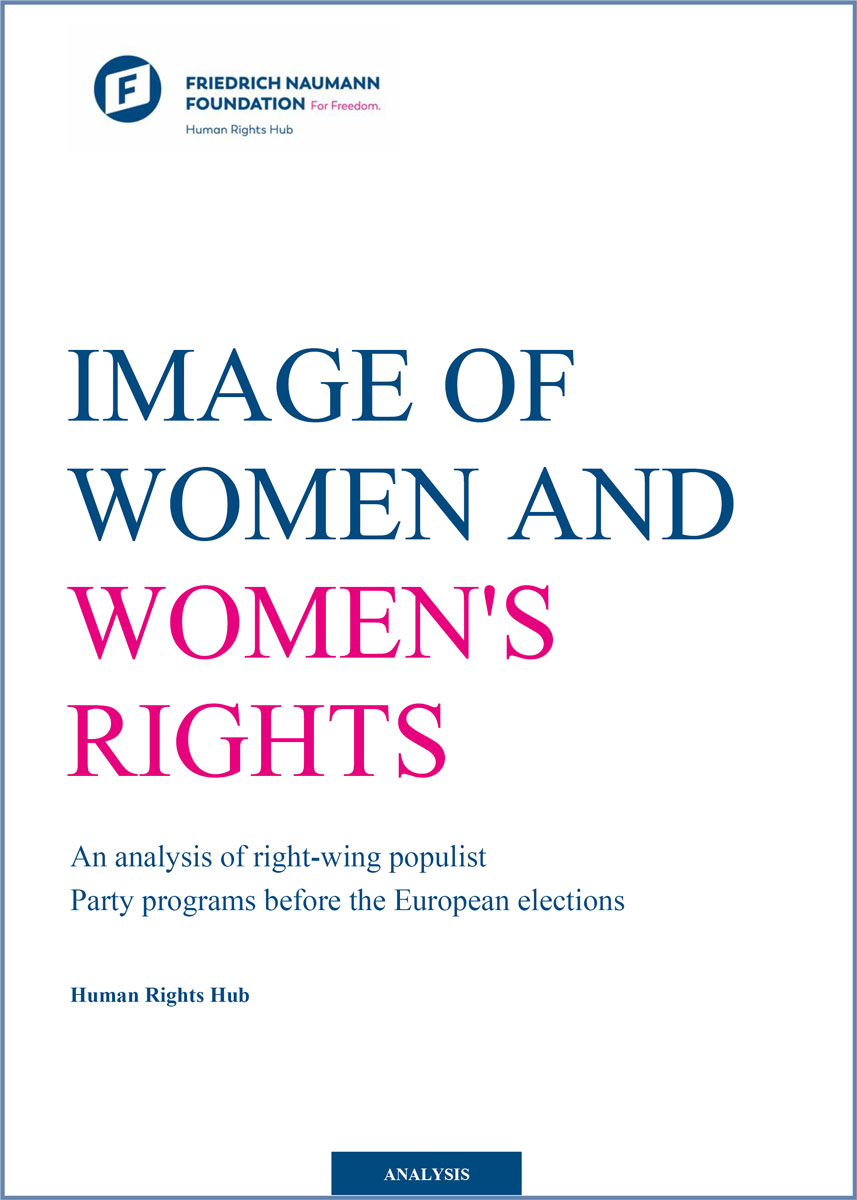Women's Rights and their Image
Europe
An analysis of right-wing populist’s Party programs before the European elections

In the European Union, the growing influence of far-right parties could affect coexistence, particularly for minorities and women. This analysis examines the agendas of European right-wing populist parties, focusing on their views on gender equality, gender-related issues, and the roles they assign to women in society, politics, and the economy.
The election programs and political agendas of the following parties were analyzed:
Alternative für Deutschland (Germany), Fidesz (Hungary), Fratteli d'Italia (Italy), Partij voor de Vrijheid (Netherlands), Prawo i Sprawiedliwość (Poland), Rassemblement National (France), Vox (Spain).
Right-wing populist parties in Europe have a major commonality: their view of family. It is traditional, heteronormative, and characterized solely by a marriage between a man and a woman. Hereby, women are defined as those who are heterosexual, married to a man, and without a migration background.

Georgia Meloni was elected by both women and men - despite her traditional family policy.
The plan to promote the “traditional” family takes several political goals into account. On the one hand, the aim is to counteract the prevailing demographic problem in many countries by having their ethnically national offspring. At the same time, this is how the substantive strategy of a right-wing populist migration policy is pursued. Rejection of migration is expressed to varying degrees in the party programs and agendas. The traditional family figuratively represents one's nation, which is to be strengthened, nurtured, and expanded from within. Other family constellations are overwhelmingly rejected.
By focusing on the family as a protected unit, however, far-right parties also deliberately seek to place the collective in the foreground and thus above the individual. In doing so, they seek to systematically weaken the essential achievement of liberal democracies under the pretext of promoting supposedly family-friendly values.
Right-wing populist parties often negate individual freedoms, such as abortion. The analysis includes an outlook on the latest discussion regarding the right to abortion.
Women’s rights

